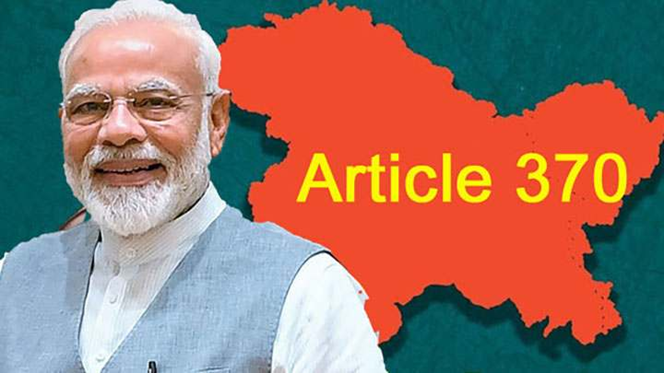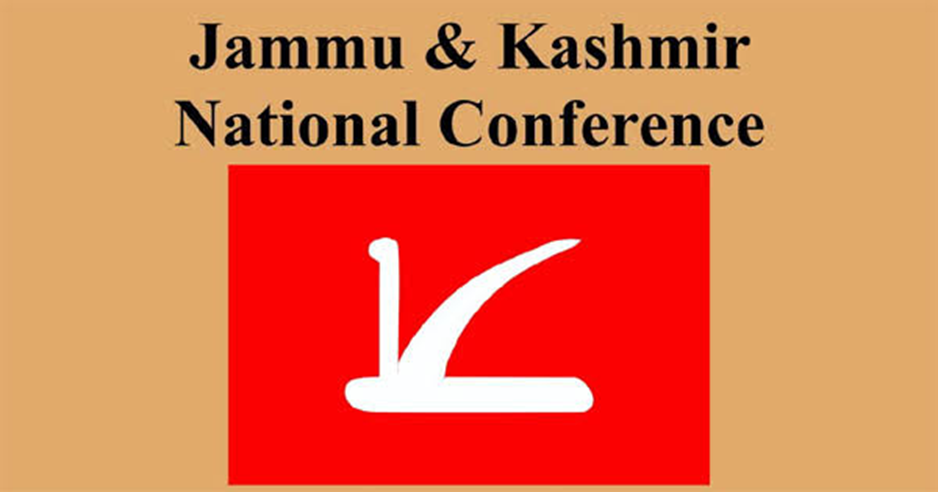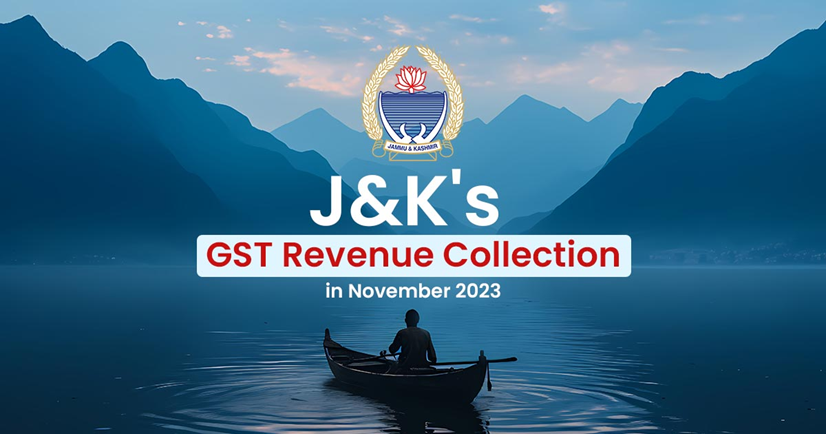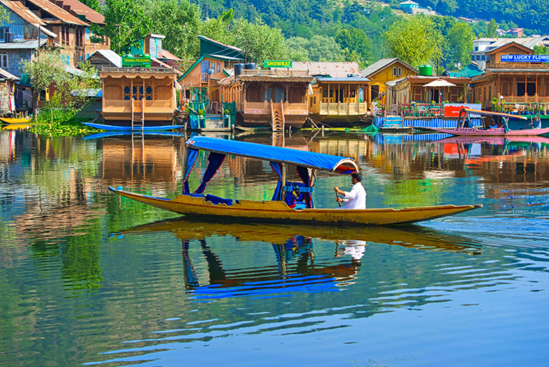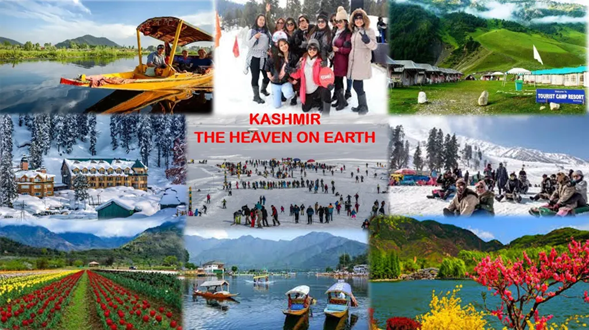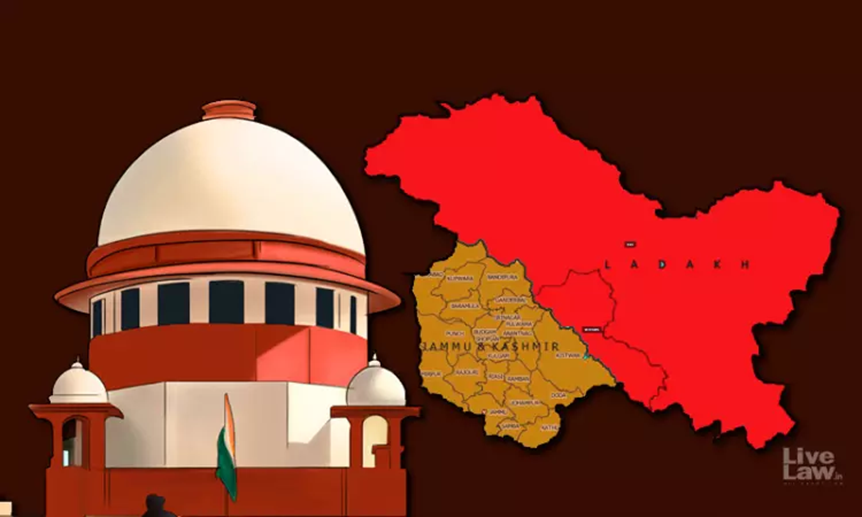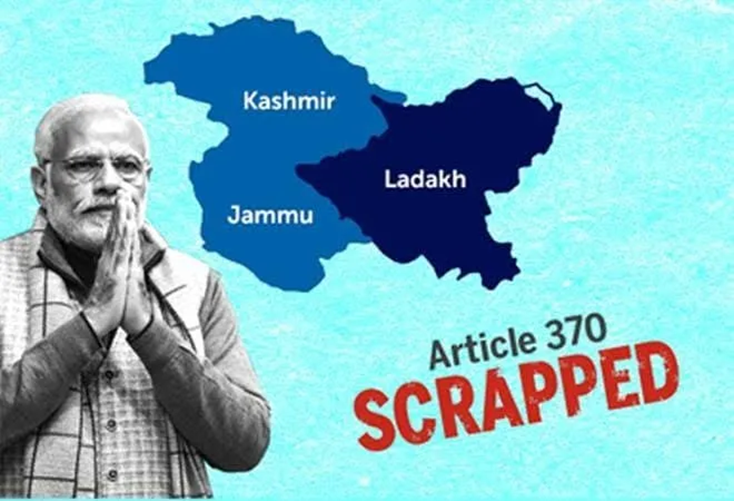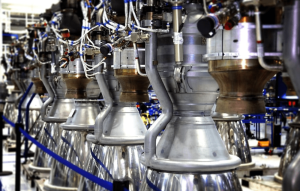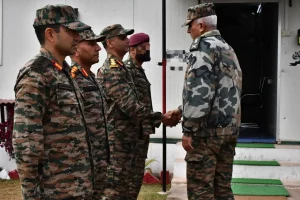It is now six years since the abrogation of Article 370 of the Constitution and the reorganisation of the erstwhile state of Jammu and Kashmir into two Union Territories (UTs). The decision of August 5, 2019 was billed as the turning point that would usher in peace and development, and pave the way for the closer integration of the Kashmir Valley with the rest of India.
Six Years After Article 370 Abrogation Where J&K Stands Today ?
Why In News
- It is now six years since the abrogation of Article 370 of the Constitution and the reorganisation of the erstwhile state of Jammu and Kashmir into two Union Territories (UTs). The decision of August 5, 2019 was billed as the turning point that would usher in peace and development, and pave the way for the closer integration of the Kashmir Valley with the rest of India.
- Since then, political activity has resumed in J&K, including the formation of a new government which is now pushing for full statehood. But the Pahalgam terror attack has added a new dimension to the security question.
Politics: Back To Representation
- The return of democratic representation was seen as a major milestone in the Centre’s post-August 5 roadmap in J&K. But the political dynamics remain fraught with tensions and compromises. The National Conference (NC) leads a government with reduced powers. Just before the election, control over police and services was given to the Lieutenant Governor, limiting the authority of the elected dispensation.
- The Omar Abdullah Cabinet’s first decision was a resolution for the restoration of statehood, after which the Chief Minister visited Delhi for meetings. The NC’s cautiously worded resolution reaffirmed “special status” and called for dialogue, while Mehbooba Mufti’s PDP took a more aggressive line. However, the CM’s recent move to reinstate July 13 as Martyrs’ Day in J&K, and his attempt to visit the graves of those killed in protests against Maharaja Hari Singh’s rule as policemen jostled with him, show that the relationship between the Centre and the UT government are tenuous at best.
Security: A Mixed Record Marred By Pahalgam Attack
- Centre’s strongest argument for the 2019 decisions was that it would curb terrorism. Six years on, the data do show a significant decline in violence.
- Only 28 terrorists have been killed in 2025 so far, down from 67 in 2024. Local recruitment has fallen drastically from 129 in 2019 to just 1 this year. In 2024, 28 civilians were killed; all 26 deaths reported this year have occurred in a single incident — the Pahalgam terror attack in April.
- Incidents of stone throwing, hartals, abductions, and the snatching of weapons are down to zero. The Jammu region, which saw cross-border incursions and frequent attacks on security forces over the past three years, now reports far fewer encounters.
- But the Pahalgam attack broke the narrative of normalcy, and exposed gaps in security preparedness, especially in the newly opened tourist zones. Officials concede that the security planning underestimated the risks that tourists faced.
- In response to the attacks, India launched Operation Sindoor, destroying terror targets deep inside Pakistan. Last month, security forces claimed to have killed all three Pakistani terrorists involved in the Pahalgam attack.
Economy: Investments Surge
- INVESTMENTS: The Centre launched a new industrial scheme in 2021 promising incentives to attract investments. Proposed investments in J&K now total Rs 1.63 lakh crore, of which more than Rs 50,000 crore is in various stages of operationalisation.
- Production has begun in 359 industrial units; another 1,424 units are in advanced stages of completion. The government says investment realisation in 2024-25 is 10 times more than the pre-2020 period.
- Revenues: J&K has seen a sharp uptick in tax revenues: GST collection increased by 12%, excise by 39%, and overall non-tax revenues rose 25% between 2022 and 2024. The state’s GDP doubled from Rs 1.17 lakh crore in 2015-16 to Rs 2.45 lakh crore in 2023-24, and hit Rs 2.63 lakh crore in 2024-25.
- Power: Following power sector reforms, 5.74 lakh smart meters were installed by mid-2024, reducing transmission and distribution losses by 25%. By December 2026, J&K administration sources said, power generation is expected to double. The government has spent nearly Rs 10,000 crore on firming up transmission and distribution infrastructure.
- Financial Health: J&K Bank went from a loss of Rs 1,139 crore in 2019-20 to a profit of Rs 1,700 crore in 2023-24. NPA levels have halved.
- However, the fiscal deficit remains high, the economy is heavily reliant on central grants (up to 70% of expenditure), and core sectors like agriculture and industry contribute far less than services.
Tourism
- In 2023, a record 2.11 crore tourists visited J&K, and tourism contributed 7% to the GDP. The tourism boom was seen as evidence of the post-Article 370 normalcy. The Pahalgam attack and subsequent security lockdown of 50 tourist spots were a severe blow.
- After 2019, 75 new destinations were opened. Homestays were encouraged, and nearly 2,000 were registered, especially in remote villages. But gaps in risk assessment and laxity in adherence to seasonal tourism guidelines created vulnerabilities, particularly in high-altitude regions with militant activity.
- Private investment in tourism remains sluggish despite incentives. Only five hotels have opted into the new industrial scheme. Projects like Radisson’s 200-room hotel in Srinagar and JW Marriott’s 150-room property in Pahalgam are exceptions. Officials cite limited availability of suitable land as a bottleneck.
- In response to the Pahalgam attack, the administration shut 50 destinations and initiated a comprehensive security review. Since then, 16 such destinations have been reopened for tourists. But adventure tourism may now be limited to areas with a significant presence of security forces.
- The Pahalgam incident is a sobering reminder that despite the downward trend in militancy, the threat has not disappeared. Even so, the government sees tourism as a vital economic lever and a tool for youth engagement.
To Restore J&K’s Statehood
- In Last month, J&K Chief Minister Omar Abdullah made a forceful plea to the Centre for restoring statehood. “We’re not asking for something that is not our due. Statehood is the right, it was promised to the people,” he had said on July 20. The J&K Reorganisation was without precedent — no state had ever been reduced to a UT before. But granting statehood would not be without precedent.
- Five UTs have previously been granted statehood by Parliament: Himachal Pradesh in 1971, Manipur and Tripura in 1972, and Arunachal Pradesh and Mizoram in 1987. Additionally, the state of Goa was carved out of the then UT of Goa, Daman and Diu in 1987.
- For statehood to be restored to J&K, the Reorganisation Act would have to be repealed, and the Centre would have to introduce a fresh bill in Parliament, which then would have to be passed in both Lok Sabha and Rajya Sabha.
- Article 3 of the Constitution empowers Parliament to form a new state out of the territory of any other state or UT, as well as to change the area or name of a state. But a bill to this effect can only be introduced on the recommendation of the President.
- Since the President acts only on the aid and advice of the Council of Ministers — led by the Prime Minister — this essentially means that it is up to the Centre to recommend the introduction of the bill for restoration of statehood.
